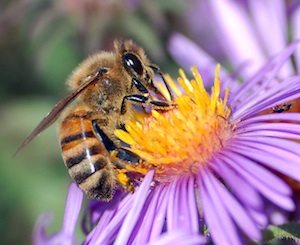Appendix - Sisters are doing it for themselves!
Further variations arise by considering other species with other mechanisms for genetic selection. For example, if a species propagates by cloning, that is, making exact genetic copies, then all relations have identical genetic material, and hence a relatedness coefficient of one.

More subtly, many species of bees and ants are haplodiploid. This means that their males have half as much genetic material as their females. In fact, males have no father at all, but rather get all their genes from their mother. By contrast, females get half of their genes from their mother (by taking half of her genes, chosen at random, just like humans) and half of their genes from their father (by taking all of his genes, with no randomness at all).
In such a system, the relatedness coefficient is no longer symmetric. Mothers and daughters still have a relatedness coefficient of 1/2, and mothers still have a relatedness coefficient of 1/2 with their sons. However, sons have a relatedness coefficient of 1 with their mothers (who contain all of their genetic material). Most interestingly, full sisters have a relatedness coefficient of 3/4, since they share all of their father’s genes in addition to half of their mother’s. So, since 3/4 > 1/2, female bees and ants have a genetic imperative to assist their sisters even ahead of their own children!